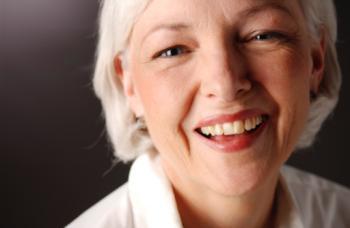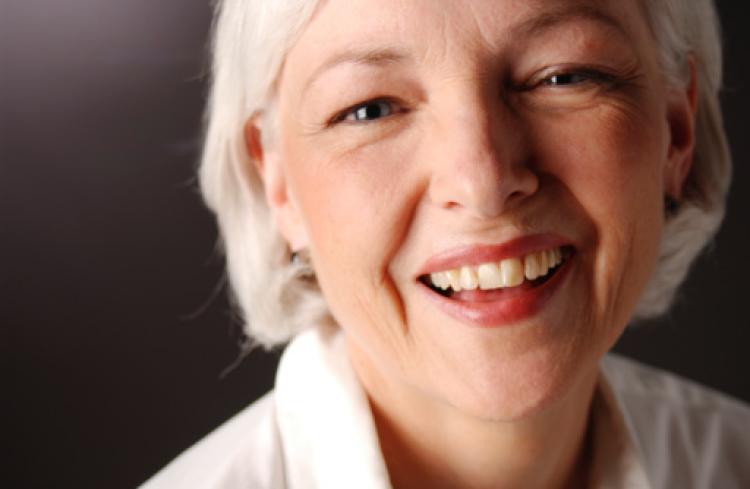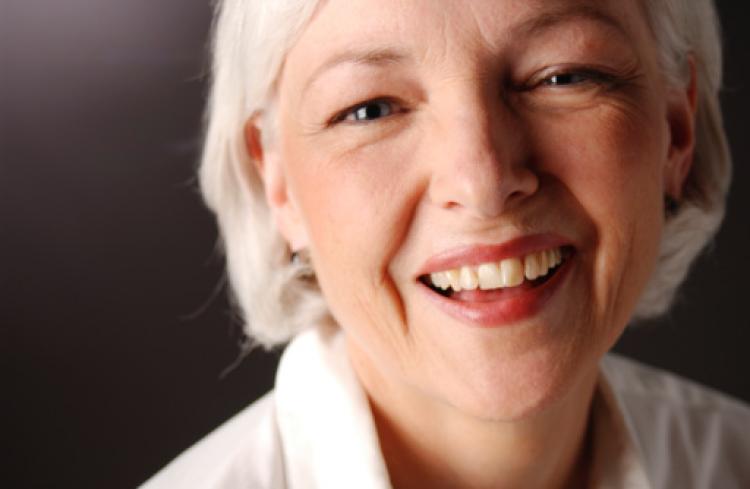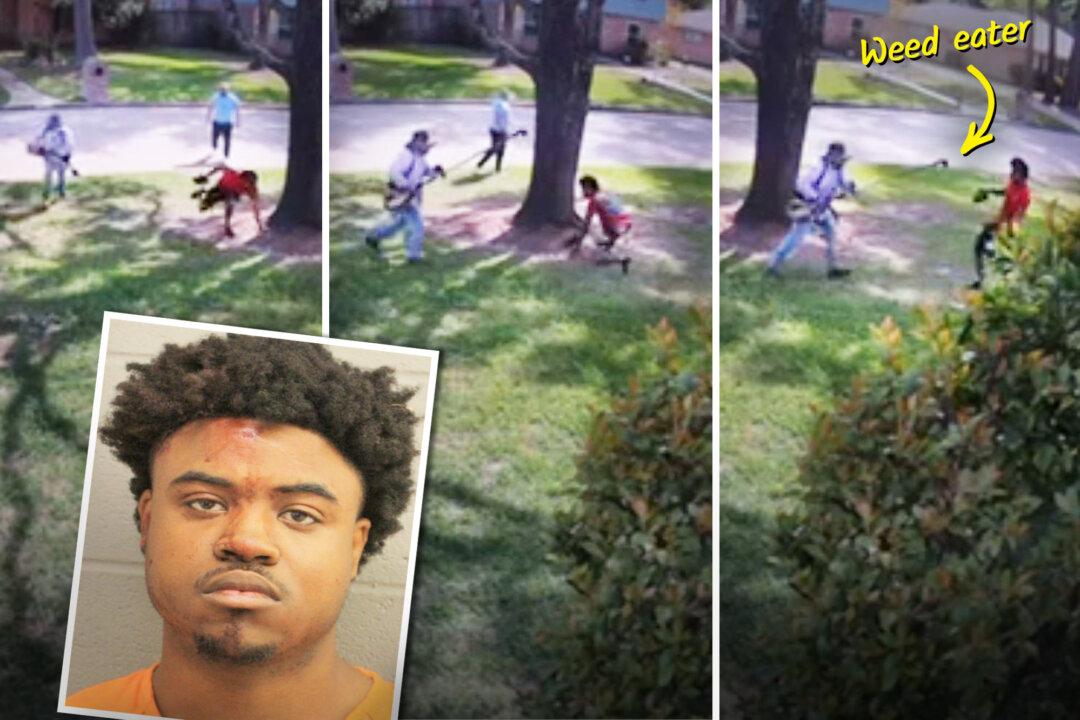A hearty laugh and good-quality nursing care may be all that’s needed in treating chronic cases of venous leg ulcers.
In a five-year study by U.K. researchers, ultrasound therapy was found to be ineffective when used with traditional ways of therapy in increasing the chance and rate of healing of leg ulcers.
The researchers concluded that appropriate compression therapy remains the best-known treatment. This is the standard, traditional method of nursing care for leg ulcers, and is also cheaper and easier to apply compared with ultrasound therapy.
“The ‘healing energy’ of low-dose ultrasound can make a difference to some medical conditions but with venous leg ulcers, this is simply not the case,” said Andrea Nelson in a press release. Nelson is coauthor and a professor at the University of Leeds’s School of Healthcare.
The researchers focused on “hard-to-heal” ulcers—ones that had not cleared up after six months or longer—and discovered that adding ultrasound to the standard nursing care made no difference in the speed of healing or the chance of ulcers resurfacing.
Ultrasound therapy has been in use for many years and is widely employed by physiotherapists to help joint and muscle repair.
According to the researchers’ report, previous studies suggest that ultrasound has a healing effect on leg ulcers, but these studies were methodologically weak and had small sample sizes, and the patients examined had various degrees of leg ulcerations, some less chronic than others.
“The key to care with this [‘hard-to-heal’] group of patients is to stimulate blood flow back up the legs to the heart. The best way to do that is with compression bandages and support stockings—not ‘magic wands’—coupled with advice on diet and exercise,” Nelson said, according to the press release.
“Believe it or not, having a really hearty chuckle can help too. This is because laughing gets the diaphragm moving and this plays a vital part in moving blood around the body.”
Venous leg ulcers are common in people with varicose veins. Muscle-pumps of the foot or calf have difficulty emptying the veins, causing pressure to increase in the capillaries and surrounding tissues.
This leads to venous flare, swelling, and hardening and staining of the skin at the wound. These symptoms progress to venous leg ulceration, a chronic and recurring condition that can significantly compromise one’s health and quality of life. This forms the motivation for scientists to find a solution that could speed up the healing process.
“Rising levels of obesity mean that the number of people who suffer from legs ulcers is likely to grow,” Nelson said, according to the press release.
“We do need to find ways to helping those patients who ulcers won’t go away, but our study shows that ultrasound is not the way to do that. We need to focus on what really matters, which is good quality nursing care. There really is no need for the NHS [National Health Service] to provide district nurses with ultrasound machines. This would not be money well spent.”
Read the study at http://bit.ly/fOg9CI
In a five-year study by U.K. researchers, ultrasound therapy was found to be ineffective when used with traditional ways of therapy in increasing the chance and rate of healing of leg ulcers.
The researchers concluded that appropriate compression therapy remains the best-known treatment. This is the standard, traditional method of nursing care for leg ulcers, and is also cheaper and easier to apply compared with ultrasound therapy.
“The ‘healing energy’ of low-dose ultrasound can make a difference to some medical conditions but with venous leg ulcers, this is simply not the case,” said Andrea Nelson in a press release. Nelson is coauthor and a professor at the University of Leeds’s School of Healthcare.
The researchers focused on “hard-to-heal” ulcers—ones that had not cleared up after six months or longer—and discovered that adding ultrasound to the standard nursing care made no difference in the speed of healing or the chance of ulcers resurfacing.
Ultrasound therapy has been in use for many years and is widely employed by physiotherapists to help joint and muscle repair.
According to the researchers’ report, previous studies suggest that ultrasound has a healing effect on leg ulcers, but these studies were methodologically weak and had small sample sizes, and the patients examined had various degrees of leg ulcerations, some less chronic than others.
“The key to care with this [‘hard-to-heal’] group of patients is to stimulate blood flow back up the legs to the heart. The best way to do that is with compression bandages and support stockings—not ‘magic wands’—coupled with advice on diet and exercise,” Nelson said, according to the press release.
“Believe it or not, having a really hearty chuckle can help too. This is because laughing gets the diaphragm moving and this plays a vital part in moving blood around the body.”
Venous leg ulcers are common in people with varicose veins. Muscle-pumps of the foot or calf have difficulty emptying the veins, causing pressure to increase in the capillaries and surrounding tissues.
This leads to venous flare, swelling, and hardening and staining of the skin at the wound. These symptoms progress to venous leg ulceration, a chronic and recurring condition that can significantly compromise one’s health and quality of life. This forms the motivation for scientists to find a solution that could speed up the healing process.
“Rising levels of obesity mean that the number of people who suffer from legs ulcers is likely to grow,” Nelson said, according to the press release.
“We do need to find ways to helping those patients who ulcers won’t go away, but our study shows that ultrasound is not the way to do that. We need to focus on what really matters, which is good quality nursing care. There really is no need for the NHS [National Health Service] to provide district nurses with ultrasound machines. This would not be money well spent.”
Read the study at http://bit.ly/fOg9CI








Friends Read Free